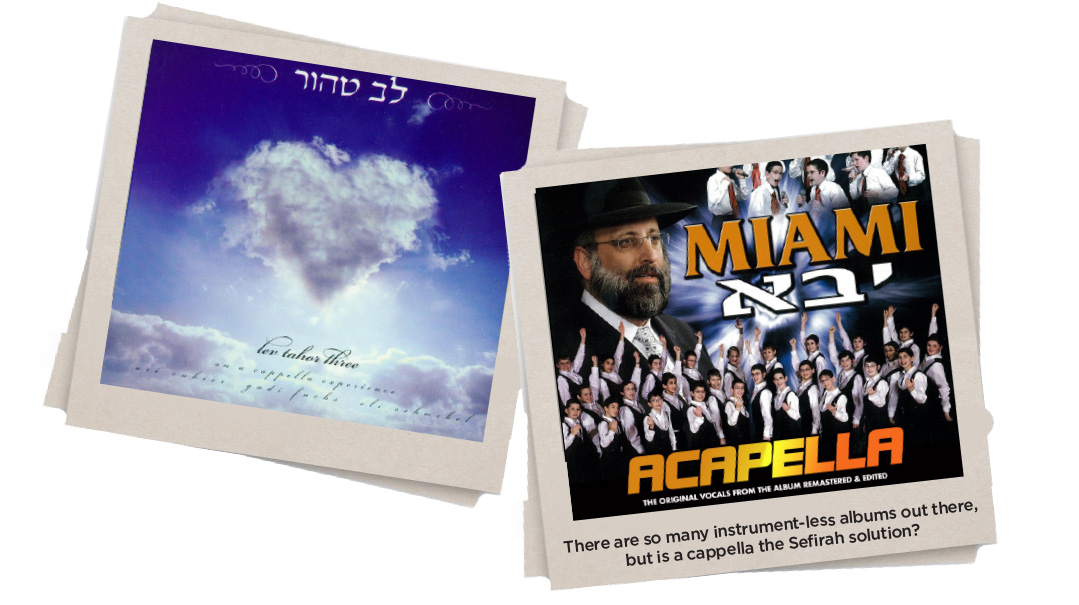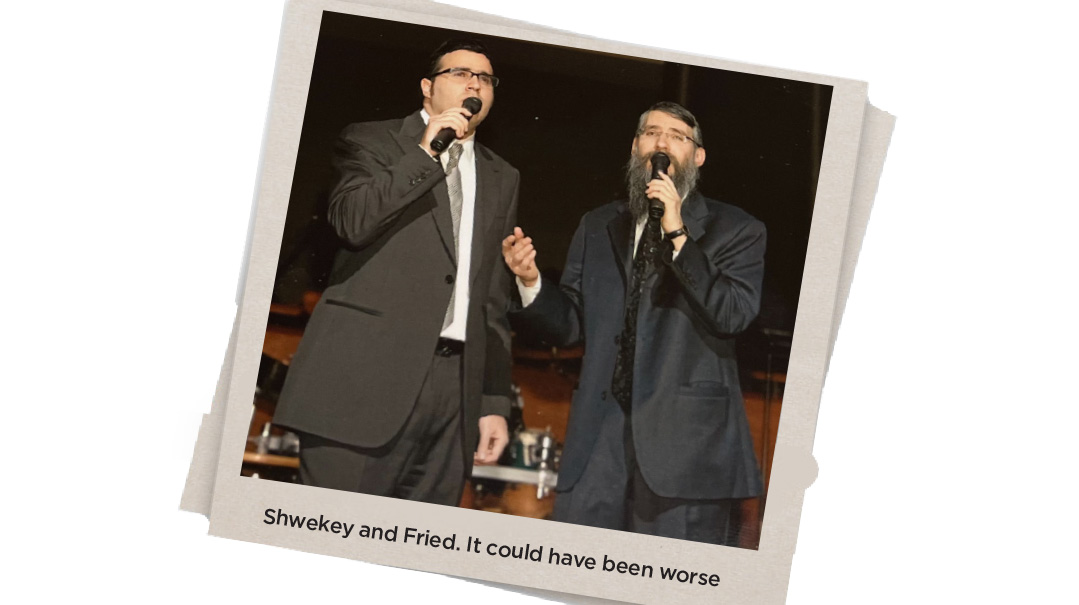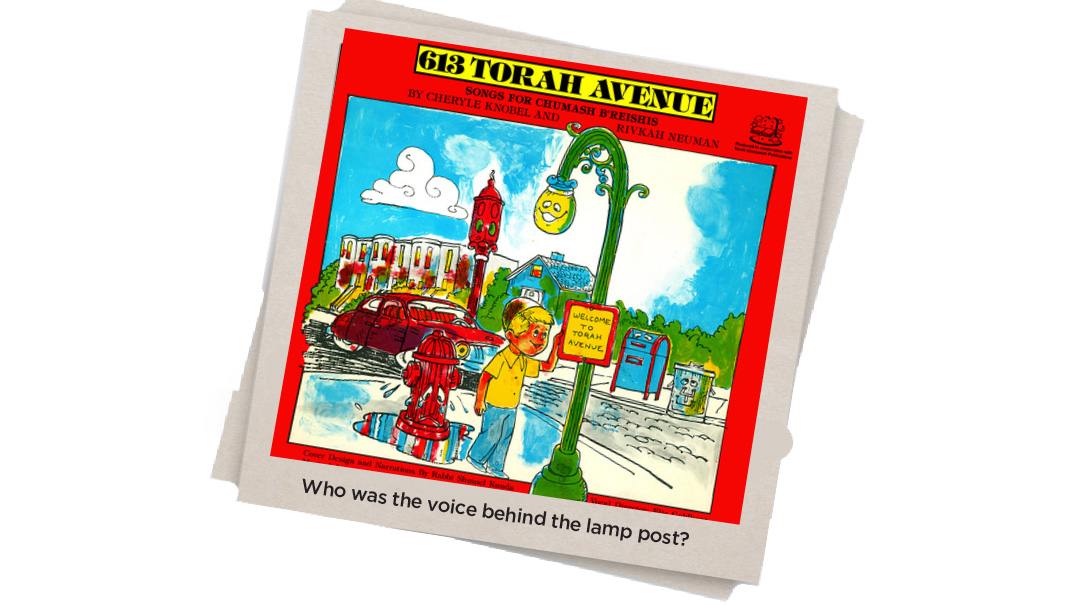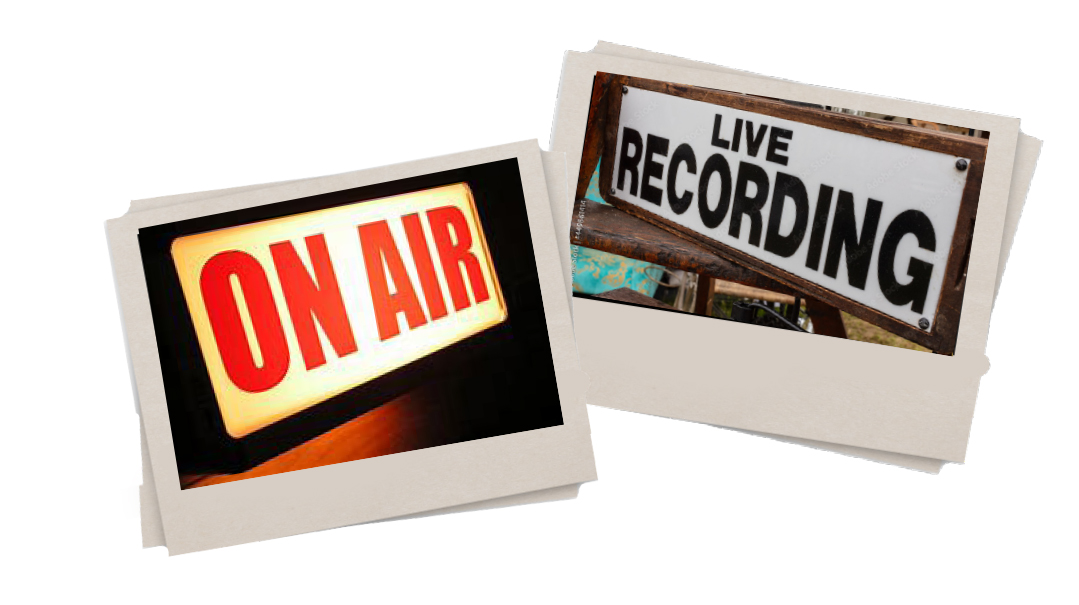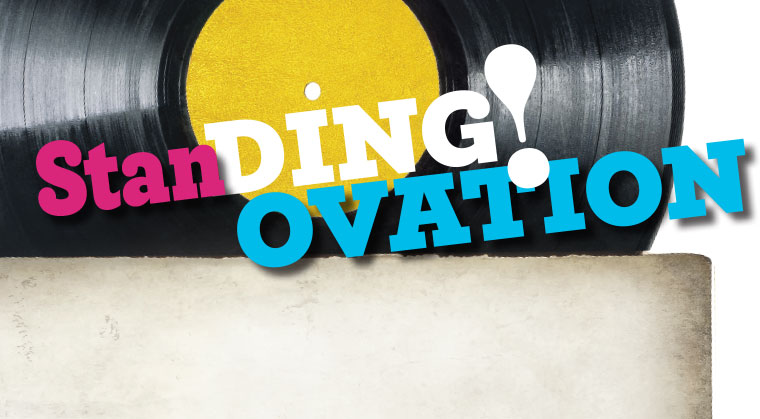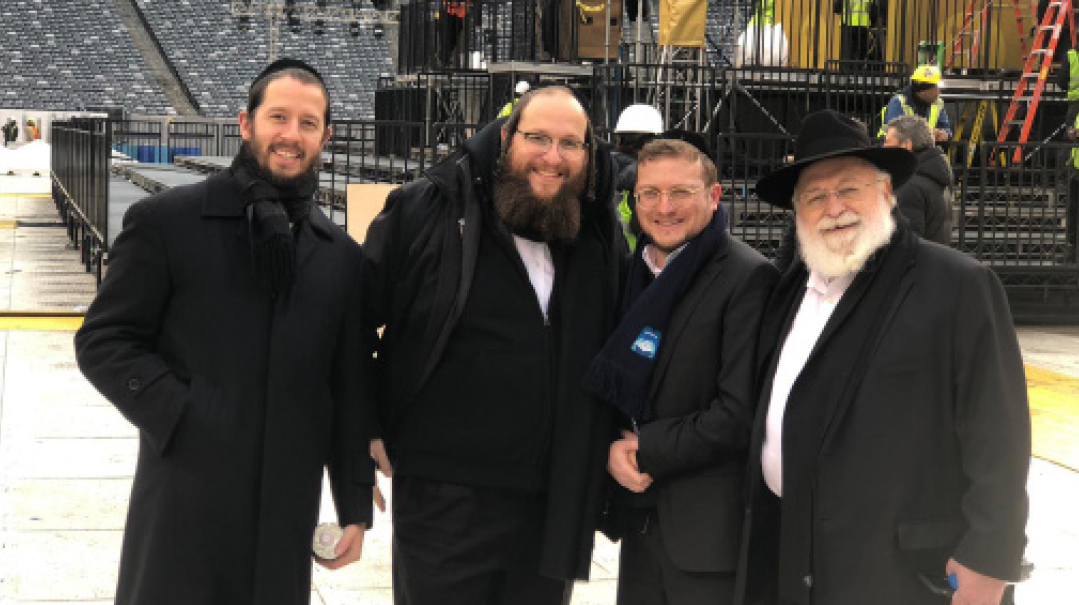What Time is Selichos?

Four of my personal favorite niggunim come from Selichos
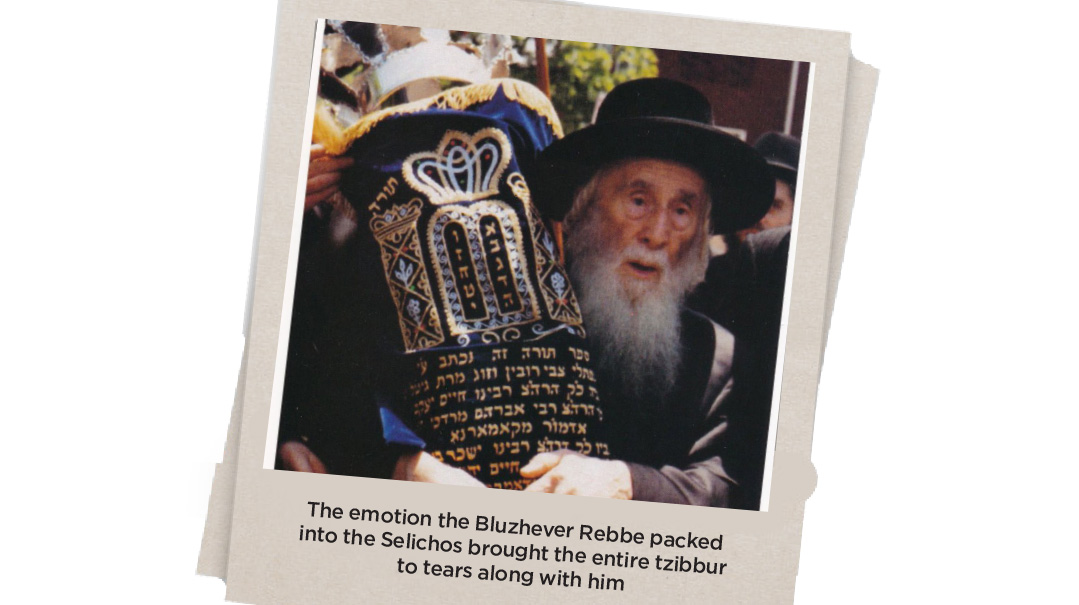
Today there are minyanim for everyone, from sunrise to noontime Shacharis, sunset to predawn Maariv. But there’s something extra special about once a year getting into our cars and driving to shul around one a.m. for Motzaei Shabbos Selichos. (Although even Selichos has a variety — some start earlier that evening, some wake up early the next morning, and Sephardim have been saying them since Rosh Chodesh Elul.)
The Baal Shem Tov would say that a baal tefillah can shlep you up to the King’s throne, but then you have to do the talking. Maybe that’s one reason Selichos today has morphed into something a little different from what we were used to many years ago. There are pre-Selichos kumzitz events to get you in the right frame of mind, there are some with musical accompaniment to the davening, and what once took an average of an hour can take up to three hours or more these days. If you go to hear Yehuda Green daven Selichos, you should expect to see morning breaking on your way home.
Radio and music host Nachum Segal told me an amazing story: For ten years, he’d been davening regularly from the amud at the New Springville Jewish Center in Staten Island, founded in 1984 by his brother Rabbi Nate Segal. A week before Rosh Hashanah in 1994, Nachum was driving Shlomo Carlebach to a sheva brachos. On the way, Nachum told his passenger (who would be niftar less than two months later), “Shlomo, I’m not thrilled with the nusach I use during Selichos for ‘B’Motzaei Menuchah,’ or the niggun I use for ‘Salachti’ on Yom Kippur.” Shlomo knew more than anyone how important the proper niggun can be, so he suggested to Nachum to use his “Lulei Soras’cha” for “B’Motzaei Menuchah,” and his “L’maan Achai” for the Yom Kippur “Salachti.” Since then, Nachum has not veered from these two niggunim, and they’ve even been picked up by other shuls around the world.
This is not to say that chazzanus doesn’t play a major role in leading the Selichos services. The generation previous to ours had the honor of listening to such greats as Chazzan Yossele Rosenblatt and Chazzan Moshe Koussevitzky, whose famous version of “Aneinu” still reverberates. In his day, no one would leave shul until he completed his rendition of this beautiful tefillah. Today, we have the powerful, gifted voices of Chazzan Itche Meir Helfgott, Benzion Miller, and Yanky Lemmer, to name just a few of the special chazzanim whose nusach brings us right up to Our King, from where we can now do the talking.
But no matter how strong or moving a cantorial Selichos is, many of my friends and associates have made it clear that nothing brings out our deepest emotions and steers us toward teshuvah like hearing Selichos from the Rebbe himself. In many chassidic courts, Selichos is reserved only for the Rebbe.
Rabbi Shlomo Besser, father of author Yisroel Besser, told me that when he was a little boy, his father, Reb Chaskel, would leave the West Side at about 12 midnight to head to Williamsburg to hear the Bluzhever Rebbe, Rav Yisrael Spira ztz”l, daven Selichos. The Rebbe lost his family in the Holocaust and was saved multiple times through a Divine Hand, and emotions that he packed into the Selichos brought the entire tzibbur to tears along with him. The Bluzhever Rebbe, who eventually relocated to Boro Park, lived until almost 100 years old, and until his last Rosh Hashanah, never gave up the privilege to say Selichos from the amud.
Four of my personal favorite niggunim come from Selichos. One is “Machnisei Rachamim,” composed by Reb Chaim Banet and sung over the years by various vocalists, such as Shlomo Simcha who included it on his debut album in 1993. The others are “Vehaviyosim,” composed by Shlomo Zolty and sung by MBD, Shlomo Carlebach’s “Haneshamah Lach,” and “L’maancha,” composed and sung by Eitan Katz.
Producer/musician Yochi Briskman, a Stoliner chassid, told me that it was always a highlight of his year to hear Reb Yom Tov Ehrlich’s Motzaei Shabbos Selichos. Karlin-Stolin is known for three things: keeping their nusach, not using niggunim, and davening very loud. Yochi related to me how, although he maintained the minhag of not using niggunim, when Reb Yom Tov davened, it was just like a niggun that went straight up to pierce the heavens.
No matter where you daven, and no matter who has the amud, may all our Selichos be heard and our teshuvah accepted, and may we all be granted a shanah tovah umesukah.
(Originally featured in Mishpacha, Issue 977)
Oops! We could not locate your form.

